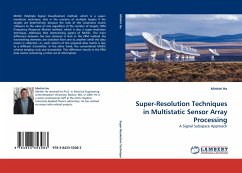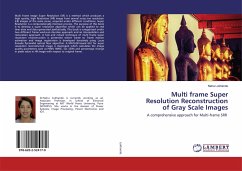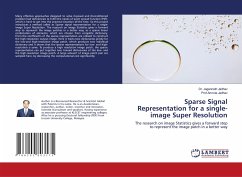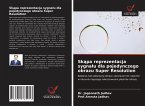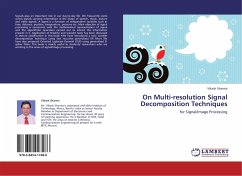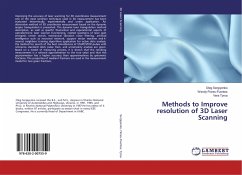MUSIC (Multiple Signal Classification) method, which is a super-resolution technique, fails in the scenario of multiple targets if the targets are deterministic because the rank of the covariance matrix collapses to the value of one regardless of the number of targets. FRM (Frequency Response Matrix) method, which is also a super-resolution technique, addresses that shortcoming aspect of MUSIC. The main difference between the two schemes is that in the FRM method the transmitting elements are switched from one to another while the data matrix is collected, i.e., each column of the acquired data matrix is due to a different transmitter. In the other hand, the conventional MUSIC scheme employs only one transmitter. This difference results in the FRM data matrix containing a richer set of information.
Hinweis: Dieser Artikel kann nur an eine deutsche Lieferadresse ausgeliefert werden.
Hinweis: Dieser Artikel kann nur an eine deutsche Lieferadresse ausgeliefert werden.

